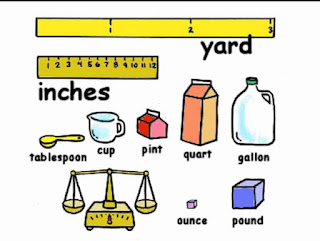HC Verma theory1.3(UNITS) chapter 1
1.3 UNITS
"Physics describe the law of nature. This description is quantitative and involves measurement and comparison of physical quantities. To measure a physical quantity we need some standard unit of that quantity. An elephant is heavier than a God but exactly how many times? This question can be easily answered if we have closen a standard mass calling it a unit mass. If the elephant is 200 times the unit mass and the god is 20 times we know that the elephant is 10 times heavier than the goat. If I have the knowledge of the unit length and someone says that Gandhi Maidan is a 5 times unit length from here, I will I have that Idea whether I should walk down to Gandhi maidan for I should tide a rickshaw or I should go by bus. Thus, the physical quantities are quantitatively expressed in term of a unit of that quantity. The measurement of the quantity is mentioned in two parts, the first part gives how many times of the standard unit and the second part gives the name of the unit. Thus, school I have to study for 2 hour. The numeric part 2 says that it is it two times of the unit of time and the second part our face that the unit used in here is an hour."
👉Who decides the units??
how is a standard unit chosen for a physical quantity? The first thing is that it should have international acceptance. otherwise, everyone will choose his or her on unit for the quantity and it will be difficult to communicate freely among the persons distributed over the world. A body named conference Generale des poids et Measures or CGPM also known as a general conference on weight and measure in English has been given the authorities to decide the unit by the international agreement. it holds it meetings and any change is standard unit are communicate through the publication of the conference.
👉Fundamental and derived quantities
There are large number of physical quantities which are measured and every quantities needs a definition of unit. However, not all the quantities are independent of each other. As a simple example, if unit of length is defined, I unit of area is automatically optained. If we make a square with its length equal to its breadth is equal to the unit length, its area can be called the unit area. All areas can baby compared to this standard unit of area. similarly, if unit of length and a unit of time interval are defined, a unit of speed is automatically obtained. If a particle cover unit length in unit time interval, we say that it has a unit speed. We can define a set of fundamental quantities as follows:
a. The fundamental quantities should be independent of each other, and
b . All other qualities may be expressed in terms of fundamental quantities.
If does out of that the number of fundamental quantities is only 7. All all the rest may be derived from these qualities by multiply and division. Many different choices can be made for the fundamental quantities. For example, one can take speed and time as fundamental quantities. Length is then a drive de quality. several systems are in use over the world and in each system the fundamental quantities are selected in a particular way. the units were defined for the fundamental quantities are called fundamental units and those obtained for the drived the quantity called the drived unit.
Fundamental quantities are also called base quantities..
👉SI units
In 1971 CGPM held its meeting and decided a system of unit which is known as the international system of units. It is abbreviated as SI from the French name Le System International d'Unites. This system is widely used throughout the world.
Table 1.1 give the fundamental quantities are their units in SI.
Besides the seven fundamental units two supplementary units are defined. They are for plane angle and solid angle. The unit for plan angle is radian with the symbol rad and the unit for the solid angle is the steradian with the symbol sr.
👉SI prefixs
The magnitudes of physical quality very over a wide range. we talk of separation between two protons inside a nuclear which is about 10 ^-15m and the distance quasar from the Earth which is about 10^26m . The mass of electron is 9.1x10^-31kg and that of our galaxy is about 2.2x10^41kg. The CGPM recommended standard prefix for certain power of 10. Table 1.2 shows these e prefixs.
Page link-





12
ReplyDeleteUnknown what is your mean 12 .
Delete